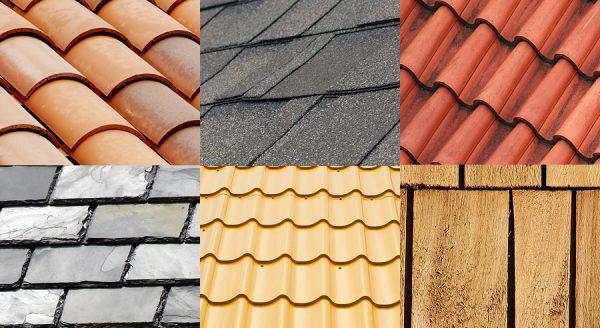When it comes to selecting the right roofing material for your home or building, you’ll be faced with numerous options, each with its own set of advantages and disadvantages. Understanding the pros and cons of various roofing materials is essential to make an informed decision that suits your budget, aesthetic preferences, and long-term maintenance requirements.

Types of Roofing Materials and Their Pros and Cons
1. Asphalt Shingles
Pros:
- Affordable and widely available.
- Easy to install and repair.
- Comes in various colors and styles.
- Suitable for most architectural designs.
Cons:
- Shorter lifespan compared to other materials (typically 20-30 years).
- Prone to damage from severe weather conditions.
- Less eco-friendly due to petroleum-based composition.
2. Metal Roofing
Pros:
- Extremely durable and can last 50+ years with proper maintenance.
- Resistant to fire, rot, and insects.
- Energy-efficient, reflecting sunlight and reducing cooling costs.
- Available in various styles, including standing seam, corrugated, and metal tiles.
Cons:
- Higher initial cost compared to some other materials.
- May be noisier during heavy rain or hailstorms if not properly insulated.
3. Clay or Concrete Tiles
Pros:
- Exceptional durability and lifespan of 50-100 years.
- Resistant to fire, insects, and rot.
- Suitable for Mediterranean or Spanish-style architecture.
Cons:
- Heavy and require a sturdy roofing structure.
- More expensive than asphalt shingles and some other materials.
- Fragile and susceptible to cracking if walked on.
4. Wood Shingles or Shakes
Pros:
- Natural and rustic appearance, ideal for traditional or cottage-style homes.
- Good insulation properties.
- Can last 30-50 years with proper maintenance.
Cons:
- Require regular maintenance to prevent moss, rot, and insect infestation.
- Vulnerable to fire, unless treated with fire-retardant chemicals.
- Higher cost compared to asphalt shingles.
5. Slate Roofing
Pros:
- Elegant and luxurious appearance, adding significant curb appeal.
- Extremely durable with a lifespan of 75-100+ years.
- Resistant to fire and other weather-related damages.
Cons:
- Very heavy and require a robust roofing structure.
- Expensive, both in terms of material and installation costs.
- Can be challenging to repair or replace individual slates.
Conclusion
Choosing the right roofing material for your property involves careful consideration of various factors, including budget, climate, architectural style, and maintenance preferences. Each type of roofing material comes with its own set of advantages and disadvantages, so it’s essential to weigh them carefully before making a decision. Asphalt shingles offer affordability but have a shorter lifespan, while metal roofing provides exceptional durability and energy efficiency at a higher initial cost. Clay or concrete tiles are known for their longevity but require a strong roofing structure, and wood shingles have a natural appeal but demand regular maintenance. For those seeking a premium option, slate roofing offers unmatched elegance and durability but comes with a significant price tag.
Ultimately, understanding the pros and cons of different roofing materials empowers homeowners and builders to select the most suitable option that aligns with their needs and preferences, ensuring a long-lasting and aesthetically pleasing roofing solution for years to come.



Leave a Reply